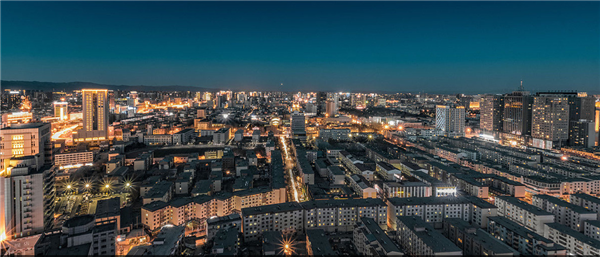Hohhot -- City of Green


Hohhot, capital of the Inner Mongolia autonomous region [Photo/VCG]]
Hohhot, capital of the Inner Mongolia autonomous region, is about 484 kilometers northwest of Beijing. It lies between the Yinshan Mountain and the Yellow River.
The name Hohhot in Mongolian means "Green City". It is the political, economic, scientific and cultural center of the region and is recognized as one of China's better-known historical cities.
It is steeped in history and culture, with Paleolithic relics indicating that people inhabited the area 700,000 years ago. It was a site of political power across various dynasties beginning with the Warring States Period (475-221 BC). The Xianbei ethnic group lived here in the Northern Wei Dynasty (386-534), establishing the city as an integration of the Han and northern ethnic cultures.
The Qing government built a city wall and moat and stationed troops to the northeast of the city to tighten their grip on northwestern regions in the 1630s.
By 1913, the Northern Warlords had established Guisui County and, in 1929, the Kuomintang government made the county the capital of Suiyuan province. Then, on Sept 19, 1949, Suiyuan declared its independence and in April 1954, the Chinese government changed the name Guisui to Hohhot. In 1986, Hohhot was recognized as a historical city by the State Council.







